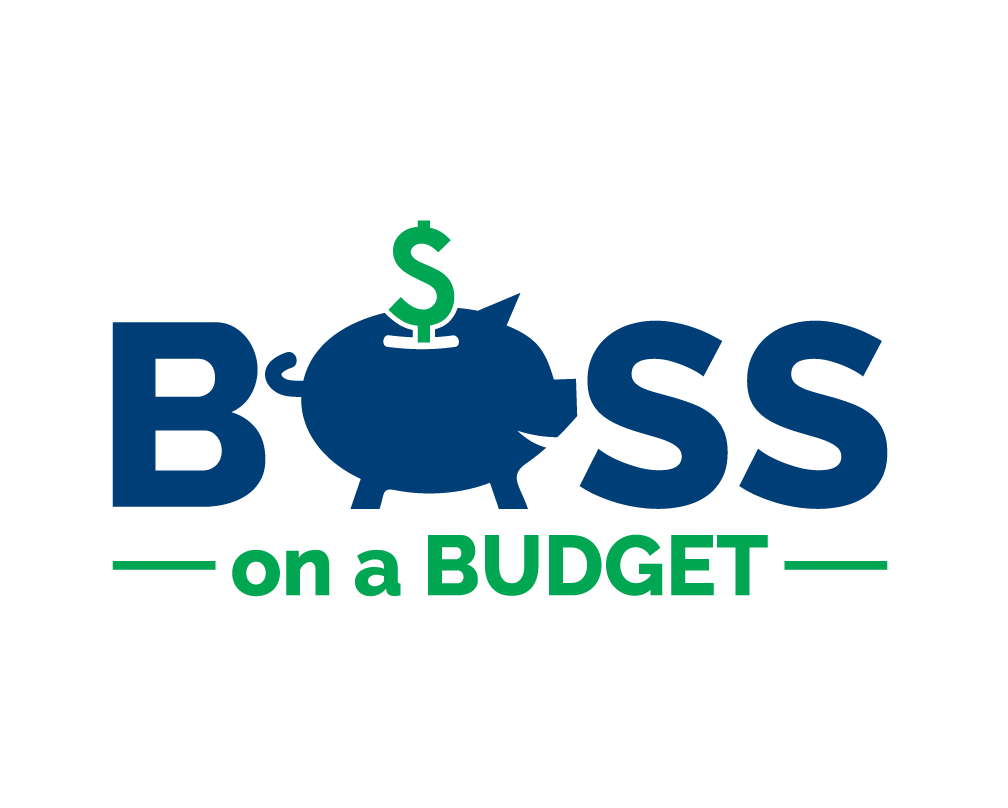For-profit or nonprofit: Which one works for me?
I often speak at conferences and trainings and I see the eager faces of people with so much passion, who are excited about their calling, and they’re ready to get started. Everyone I meet has great ideas, but they struggle with how best to execute those ideas. When people have a charitable idea, they often assume that they have to start a nonprofit. But that’s not always the case! There are plenty of for-profit businesses with social causes associated with their business practices. See Tom’s and Warby Parker.
One of the first key decisions you’ll have to make when you have a great idea is how you want to run the business - do you want it to be a nonprofit or for profit? Don’t assume just because you want to take on a charitable activity, that a nonprofit is the best way to do that. So let’s talk through some considerations you should think about before you decide how to move forward with your idea.
But before we get started…..
Please know that I’m not a lawyer or a tax professional. These thoughts are based on my own experiences in the nonprofit industry and aren’t meant to be legal advice. If you’re really struggling, please seek the good counsel of a lawyer or tax professional. Got it? Good!
One of the biggest motivators for people who go the non-profit route is the perception that there is minimal initial investment. The allure of grants can be very enchanting for folks who think all they have to do is write a stellar grant proposal and they’ll have the seed money to get started. They think that instead of investing their own money into a business, they’ll start a nonprofit because they can access public monies and lessen their financial burden early on. Before you go too far down this road, you should talk to a few nonprofit founders (particularly those who’ve been around a least 3 years). They’ll quickly tell you that start-up money is hard to come by (though, not possible, look here). If the primary reason you’re moving forward with a nonprofit is the promise of “free money”, I really, really, really (did I say really?) encourage you to think carefully and take a step back. Matter of fact, just keep reading!
Before you make any decision, be aware that business regulation happens largely at the state level. Each state is different in its administrative and legal requirements for starting your business, which may also influence your decision-making. Below we’re going to talk through some *general* considerations to help you figure out the best direction for you. There are 4 main differences you should think about when deciding whether or not to create a for-profit or nonprofit business: ownership, motivation, measurement of success, and tax payments. Let’s break this down.
Ownership
You’ve been sitting on a great idea for a nonprofit. You’ve done your research and know that your area needs your service. You know you’re the most qualified to do it. You toil day and night putting together concepts, recruiting Board members, developing programs, trying to figure out your website and your social media. You invest so much time and money that it becomes your baby. But that’s just it: it’s not YOUR baby.
Nonprofits are not “owned” by an individual or entity. Founders do not have any ownership stake and profit cannot be distributed to owners or Board members. Nonprofits are required to have a Board of Directors and that group makes strategic decisions for nonprofit. They vet and hire staff who are responsible for the operation of the organization. The Board is legally responsible for governance and they can’t make decisions that would unfairly benefit any one person. You are not guaranteed to be a staff member just because you’re the founder, and key organizational decisions have to be made as a group, not be one individual. For-profits have owners, whether they be individuals or partners. There are many different options for for-profit business structures but the bottom line is that each structure has owners, and those people are entitled to profits earned by the business.
Motivation
Most businesses are created to solve a problem. That’s the same whether it be a for-profit or nonprofit venture. Businesses outline the major goals they want to reach based on the need to address the problem for which they were created. However, how they reach those goals can be vastly different. Say that you want to provide a resume writing service and you’re trying to decide whether it should be for profit or nonprofit. A for-profit’s goal is to design a service for which they can make as much money as possible. When considering how to market, they will make decisions that will help to maximize their profits. From time to time, the business may offer free services, but their motivation is to make money. They may seek investors or seek out capital so they can make strategic decisions to scale up. The investors now have a stake in your success and you have to consider their wishes and demands when making decisions.
Now let’s rewind and imagine that same business as a nonprofit. A nonprofit’s goal is to make sure key decisions align with their mission. Say that a Board member has an idea to serve formerly incarcerated persons instead of your normal population of teenagers because they know of a potential grant. The answer should be no (unless you have been through a strategic planning process to expand your target population). Though there is a potential funding hanging in the balance, your first inclination is to make sure it aligns with your charitable purpose. One Board member should not be able to sway decision-making because they think something is a good idea or will bring in more money.
So to recap, as an easy way to remember, a nonprofit’s main motivation is to satisfy its mission, which has a charitable purpose. In order to maintain a federal tax-exempt status with the IRS, nonprofits must have “purposes set forth in section 501(c)(3) are charitable, religious, educational, scientific, literary, testing for public safety, fostering national or international amateur sports competition, and preventing cruelty to children or animals.” See the IRS website for a full explanation of what charitable means. A for-profit’s main motivation is to make money, and they survive by maximizing profit.
Measurement of success
When you start a business, a great exercise is to imagine where you want the business to be in 5 years, for example. Think about how you want the business to progress and the milestones to get there. That way, when you want to measure success, you can weigh your performance against those milestones to see just how far you’ve come. One key milestone for for-profits will be the amount of profit they make over a given time period. For-profits may be interested in measuring the number of successful products they launch, or the number of new offices/branches created, etc., but all of that equates to more money, which is their bottom line. A nonprofit’s measure of success is the positive change in its target population. Did someone’s life improve as a result of your programming, did a situation or circumstance change, has someone gained by the work you’ve done? Even when the nonprofit may have suffered a loss of income, they are still successful if they have improved outcomes. See the difference? The benefit to the organization is the main factor to indicate success for profits and the benefit to someone else is the main factor to indicate success for nonprofits.
Income Tax
This may be a given, but wanted to throw this in there. Generally, for-profit businesses are taxed on the income that they earn throughout the year. Nonprofits do not have their income associated with their charitable purpose taxed. This is one of the greatest benefits of operating a nonprofit. Once you receive your tax-exempt status through the IRS, you are exempt from paying tax on the money you earn throughout the year.
There is no perfect, clear-cut explanation for how to make the best decision, but I hope that you read carefully through this post to understand the considerations before moving forward.



